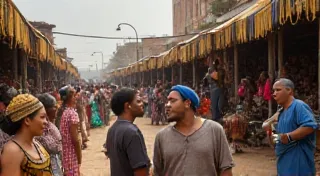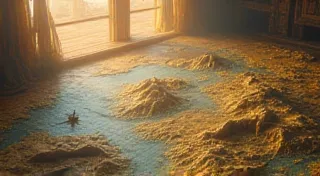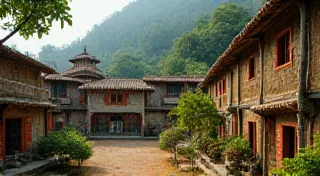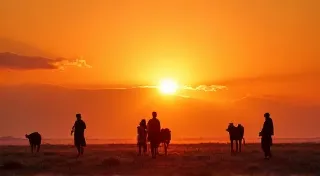Storytelling in the Appalachian Mountains: Echoes of the Past
The Appalachian Mountains, a vast and rugged region stretching across several states of the eastern United States, boasts a rich and vibrant storytelling tradition. Far more than simple entertainment, these stories represent a vital link to the region's cultural heritage, preserving history, values, and a deep connection to the land. Rooted in a unique blend of influences – primarily Scots-Irish, but also incorporating Native American and African American narratives – Appalachian storytelling paints a compelling picture of a people shaped by hardship, resilience, and a profound sense of community.
The Scots-Irish Influence: Ballads and the Power of Song
The Scots-Irish immigrants who settled in Appalachia brought with them a deep tradition of ballad singing and storytelling. These ballads, often set to mournful melodies, recounted tales of love, loss, violence, and adventure. Unlike the formalized poetry of the educated elite, Appalachian ballads were fluid and adaptable, changing with each telling and reflecting the experiences of the storytellers and their audiences. "Barbara Allen," "The Ballad of Wild Rose," and "The Knoxville Girl" are just a few examples of these enduring narratives, passed down through generations.
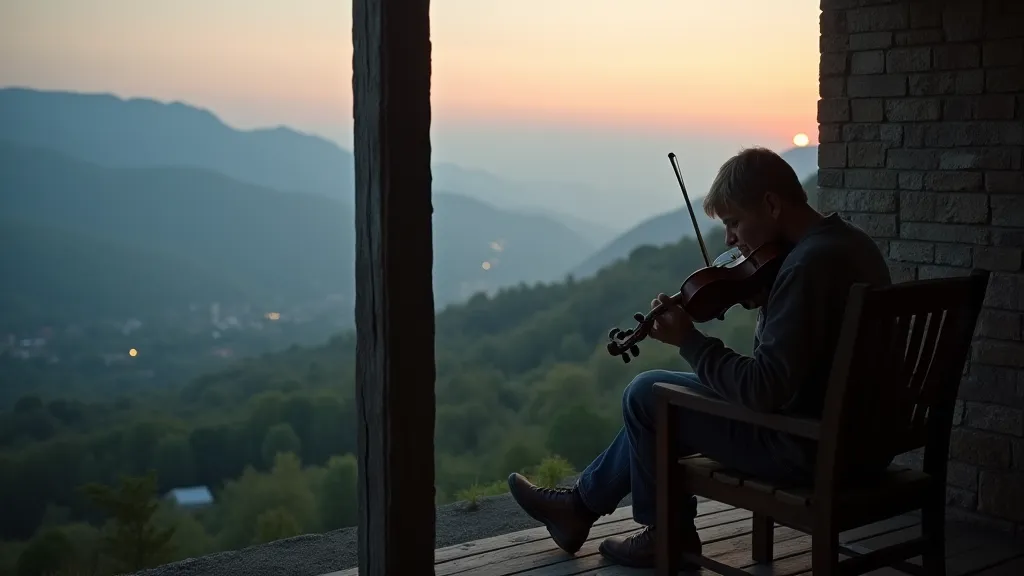
The ballad tradition wasn’t just about reciting verses; it was about performance. Storytellers often accompanied themselves on instruments like the fiddle, banjo, and guitar, creating a deeply emotional and immersive experience. The act of storytelling became a social event, bringing communities together and reinforcing shared values.
Frontier Life and Practical Lore
Life in the Appalachian frontier was harsh, demanding practicality and resourcefulness. Stories often reflected this reality, providing moral lessons and offering guidance for survival. Tales of cunning foxes outwitting hunters, resourceful women overcoming adversity, and the dangers of the wilderness were common themes. These stories weren't simply entertaining; they served as informal instruction, teaching valuable skills and reinforcing the importance of community cooperation.
The Haunting World of Appalachian Ghost Stories
The Appalachian Mountains, with their dense forests, secluded hollows, and imposing peaks, naturally lend themselves to tales of the supernatural. Appalachian ghost stories are abundant and often deeply rooted in local history and folklore. These tales often serve as cautionary warnings, explaining unexplained phenomena and reinforcing a reverence for the power of nature. Stories of "grims" (malevolent spirits), haunted houses, and unexplained noises are prevalent, reflecting the isolation and hardships faced by early settlers.
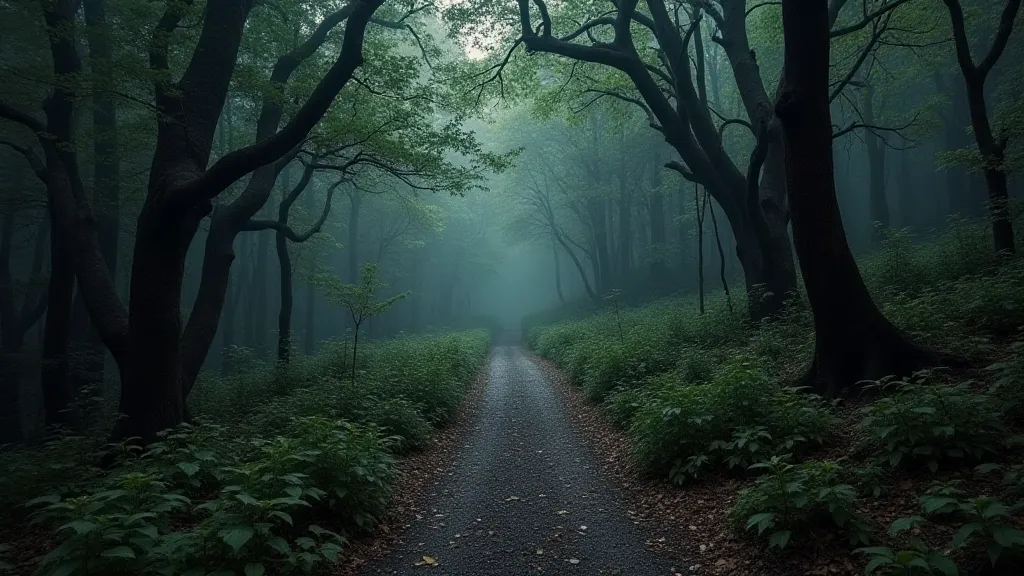
Often, these ghost stories are intertwined with local legends of tragic events – feuds, accidents, and untimely deaths. The stories are passed down orally, becoming more embellished and terrifying with each telling. The atmosphere of mystery and the lingering sense of the past contribute to the enduring popularity of Appalachian ghost stories.
Preserving the Tradition
While the traditional ways of life in Appalachia have changed significantly over time, the storytelling tradition persists. Efforts are being made to document and preserve these invaluable narratives, ensuring that the echoes of the past continue to resonate with future generations. Local festivals, oral history projects, and the work of dedicated folklorists are helping to keep the stories alive.
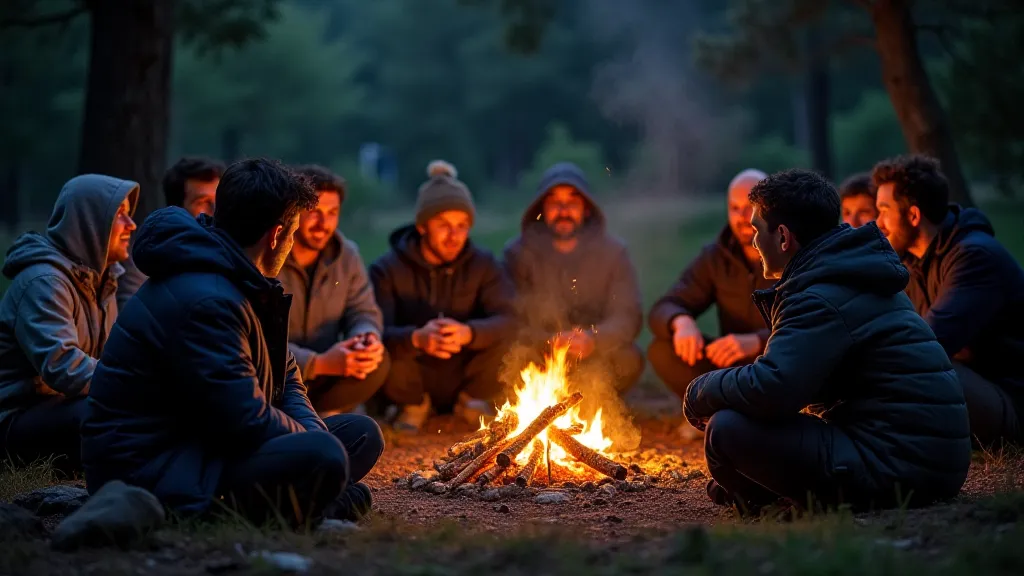
The storytelling traditions of the Appalachian Mountains are more than just tales; they are a testament to the strength, resilience, and enduring spirit of a unique and vibrant culture. They are a vital link to the past, a source of community identity, and a powerful reminder of the importance of preserving our cultural heritage.
